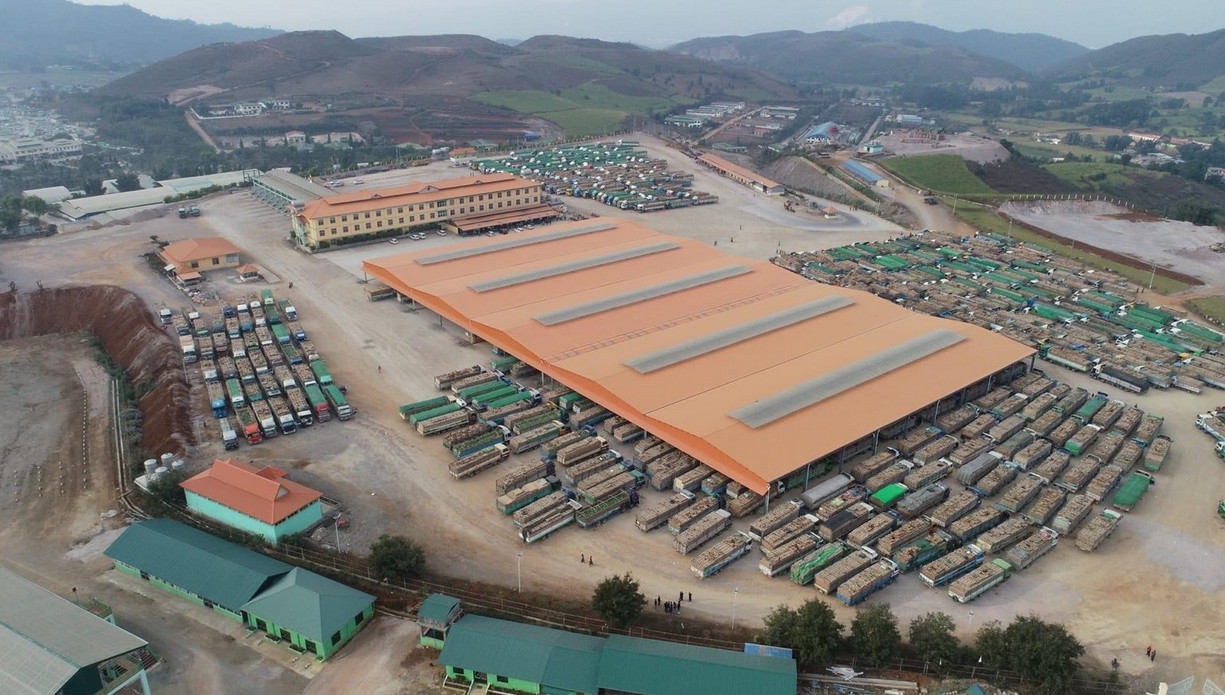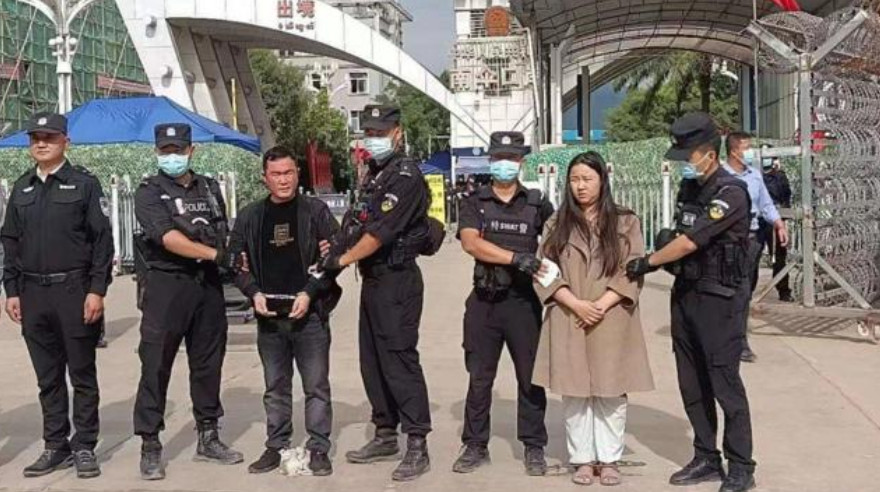
Document lifecycle management refers to the process of managing documents from their creation or acquisition to their archival or disposal. It involves various stages and activities to ensure that
documents are properly created, stored, maintained, and disposed of in accordance with organizational policies and regulatory requirements. Here’s an overview of document lifecycle management:








1. **Document Creation**: The lifecycle begins with the creation of documents, which may include various types such as project plans, requirements specifications, design documents, reports, manuals, and policies. Documents can be created using word processors, spreadsheets, presentation tools, or specialized software depending on their nature and purpose.
2. **Document Review and Approval**: After creation, documents typically undergo a review and approval process to ensure accuracy, completeness, and compliance with standards and guidelines. Stakeholders, subject matter experts, and relevant authorities may review and provide feedback on the document before it is finalized.
3. **Document Distribution and Access Control**: Once approved, documents are distributed to relevant stakeholders and made accessible to authorized users. Access control mechanisms such as permissions, encryption, and authentication are implemented to ensure that only authorized individuals can view, edit, or delete sensitive documents.
4. **Document Storage and Organization**: Documents are stored in a secure and organized manner to facilitate easy retrieval and management. A centralized document management system or repository is often used to store documents electronically, while physical documents may be stored in file cabinets or archives. Documents are organized using metadata, tags, or folder structures for efficient categorization and retrieval.
5. **Document Retrieval and Use**: Authorized users can retrieve documents as needed for reference, analysis, decision-making, or other purposes. Search functionality, indexing, and metadata are used to facilitate quick and accurate retrieval of documents based on keywords, categories, or other criteria.
6. **Document Revision and Version Control**: Documents may undergo revisions over time due to updates, changes, or corrections. Version control mechanisms track changes to documents, maintain a history of revisions, and ensure that the latest version is always available to users. Version control helps prevent conflicts, ensure consistency, and track the evolution of documents over time.
7. **Document Obsolescence and Archival**: As documents become obsolete or no longer needed for day-to-day operations, they are archived or retired according to established policies and retention schedules. Archiving involves transferring documents to long-term storage for preservation and future reference, while obsolete documents may be disposed of securely to prevent unauthorized access or disclosure.
8. **Document Disposal and Destruction**: At the end of their lifecycle, documents are disposed of or destroyed in a secure and compliant manner. This may involve shredding physical documents, securely deleting electronic files, or transferring records to an archival repository for long-term preservation. Document disposal is carried out in accordance with legal and regulatory requirements to ensure data privacy and security.
9. **Audit and Compliance**: Document lifecycle management processes are subject to audit and compliance requirements to ensure adherence to organizational policies, industry standards, and regulatory obligations. Regular audits and reviews are conducted to verify compliance, identify areas for improvement, and mitigate risks associated with document management.
10. **Continuous Improvement**: Document lifecycle management is an ongoing process that requires continuous improvement and optimization. Organizations regularly review their document management practices, technology solutions, and compliance processes to identify opportunities for enhancement and adaptation to changing requirements and environments.
By effectively managing the lifecycle of documents, organizations can ensure that information is properly controlled, secured, and utilized throughout its lifecycle, contributing to improved efficiency, compliance, and decision-making.

Leave a Reply